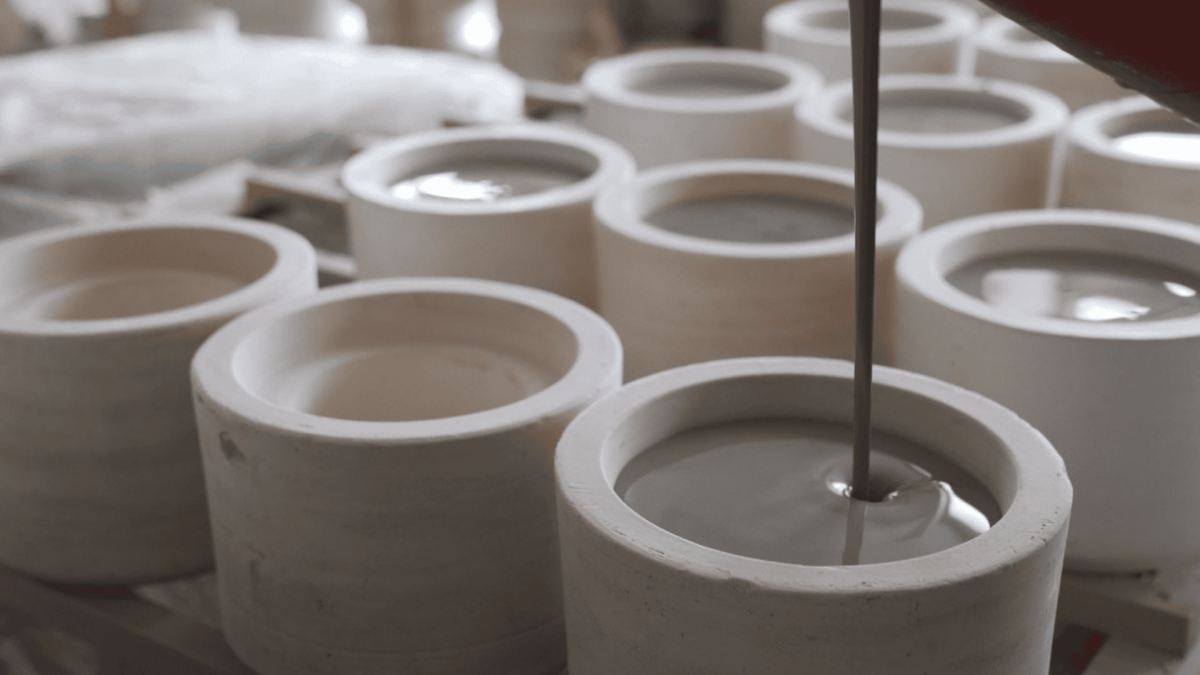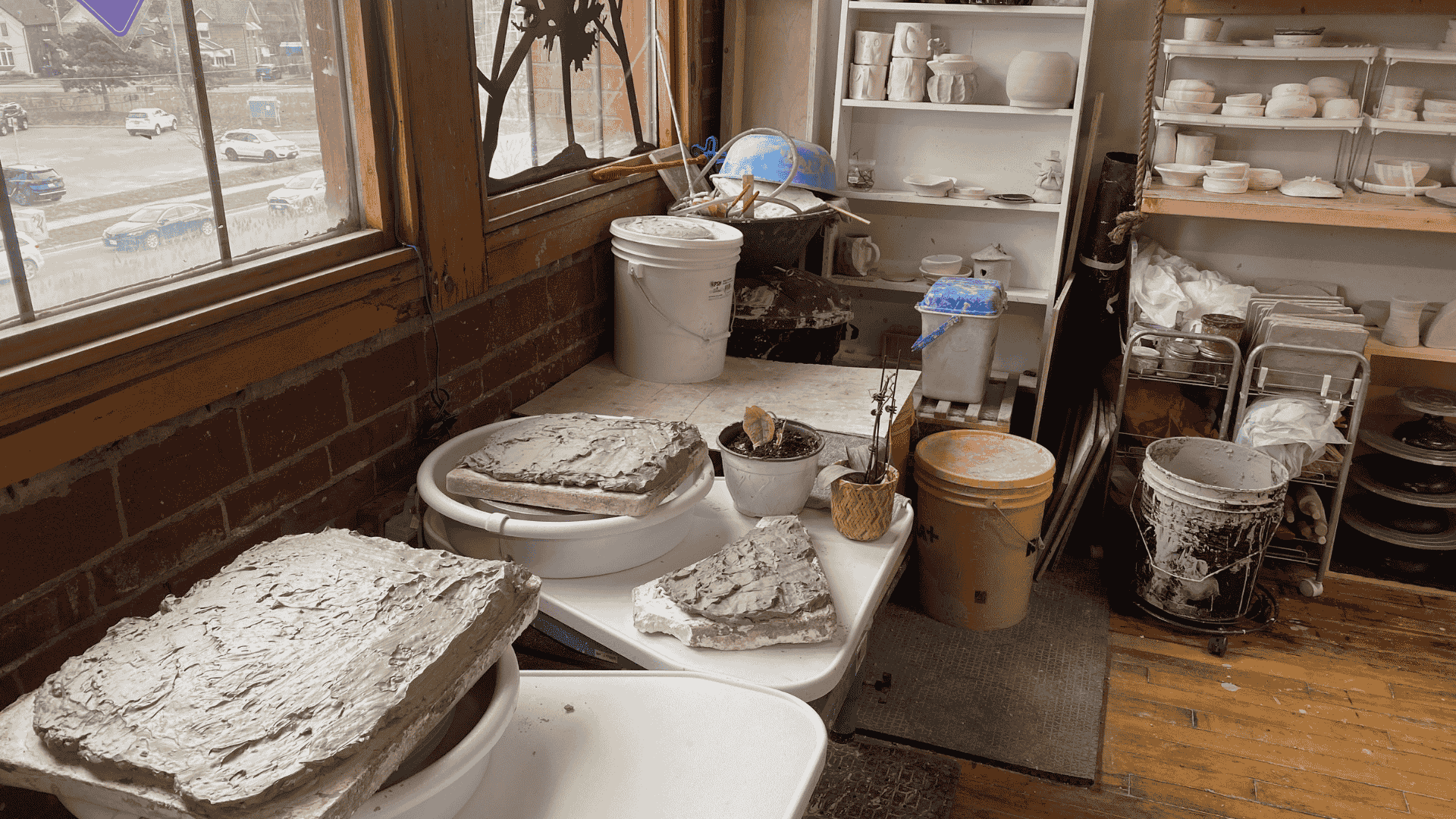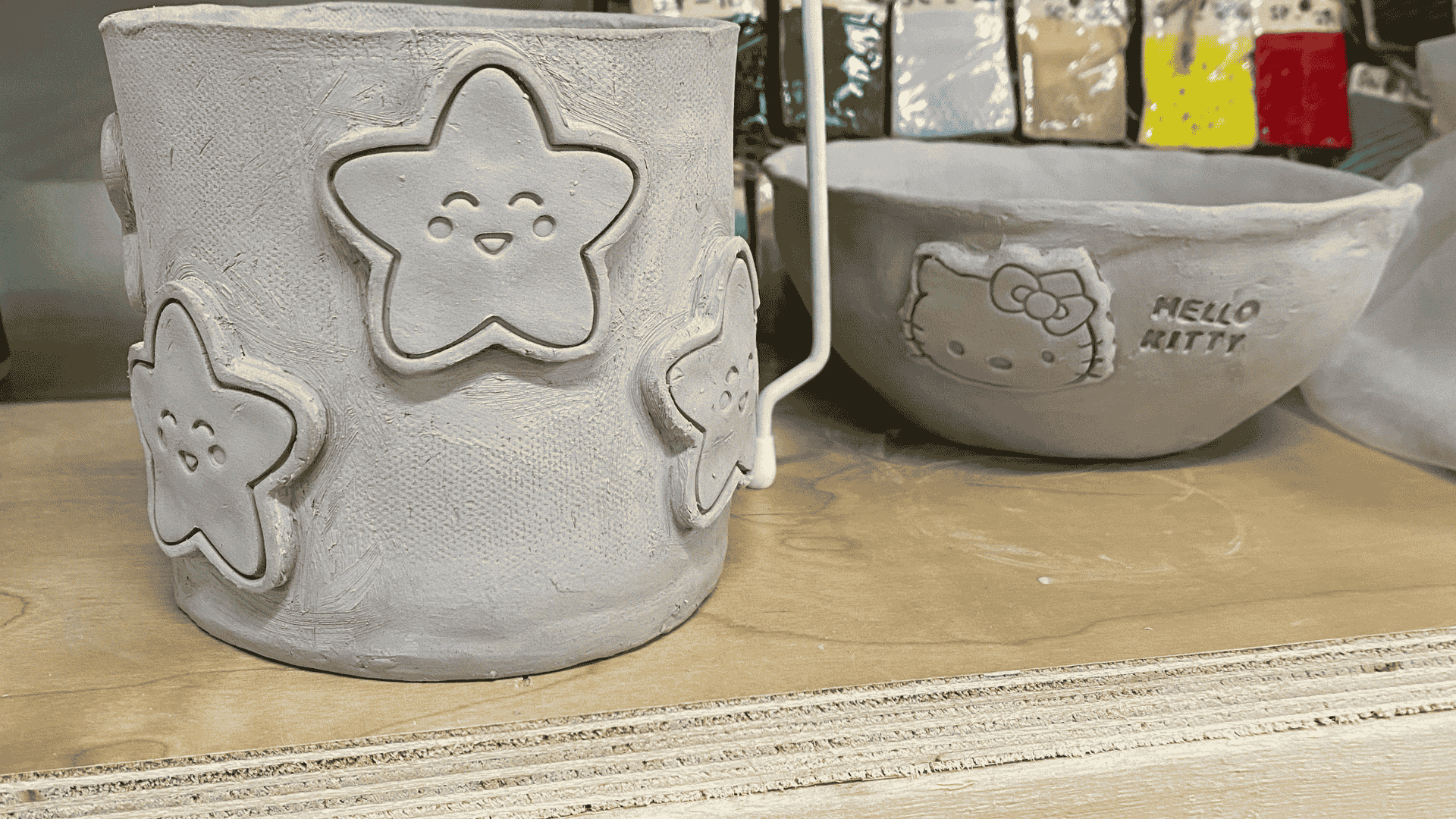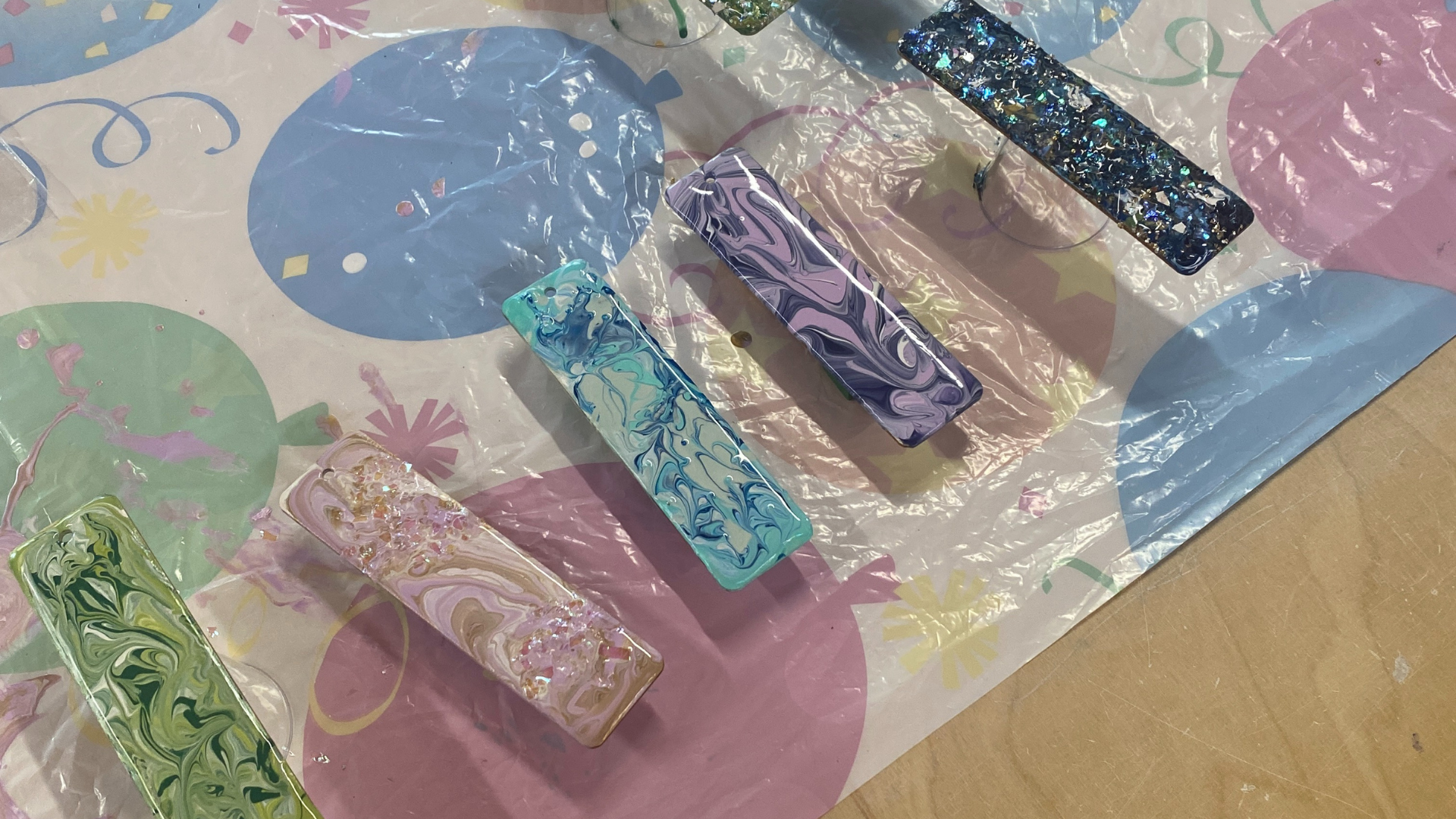
Slip Casting 101: How It Works and Why Artists Use It
Slip casting is a pottery technique that uses liquid clay (called slip) and plaster molds to create ceramic pieces. Unlike handbuilding or wheel throwing, slip casting is all about pouring, waiting, and letting the mold do the work. It’s especially popular for making multiples of the same shape—like mugs, vases, or decorative figurines, and if you’re in need to mass produce your pieces, slip casting can be an efficient way to produce your pieces.

What Is Slip?
Slip is just clay mixed with water until it has the texture of thick cream. It’s smooth, pourable, and perfect for filling molds. Artists often add deflocculants (special chemicals) to make it flow better without needing too much water.
How Slip Casting Works
The process is surprisingly simple once you understand the steps:
1. Make or Get a Mold – Molds are usually made of plaster because it absorbs water. You can buy molds or create your own.
2. Pour the Slip – Liquid clay is poured into the mold until it’s full.
3. Wait for the Walls to Form – The plaster absorbs water, leaving a clay layer inside the mold.
4 . Pour Out the Extra Slip – Once the walls are thick enough, the rest is drained.
5. Let It Set – The clay stays in the mold until it’s firm enough to handle.
6. Remove and Clean – The piece is taken out, seam lines are smoothed, and then it’s dried, bisque fired, and glazed.
Why Artists Use Slip Casting
Consistency – Perfect for making multiples of the same design.
Detail – Captures fine textures and shapes.
Efficiency – Saves time for potters making collections.
Creative Freedom – Artists can alter casts, combine molds, or add handbuilt details.
Is Slip Casting Right for You?
If you love the idea of making precise, repeatable forms or exploring shapes that are tough to handbuild, slip casting could be the right technique. While it’s often used in production pottery, many artists also use it creatively to make every piece unique.
Slip casting is more than just a production method—it’s another way to play with clay. Whether you’re making a matching set of mugs or experimenting with sculptural forms, this technique opens up endless possibilities for your pottery journey.





0 comments on "Slip Casting 101: How It Works and Why Artists Use It"